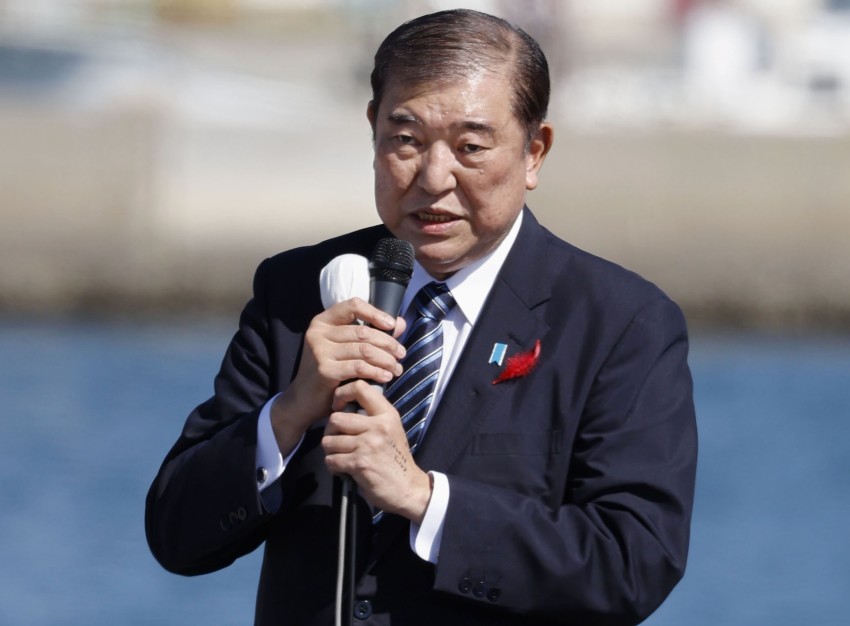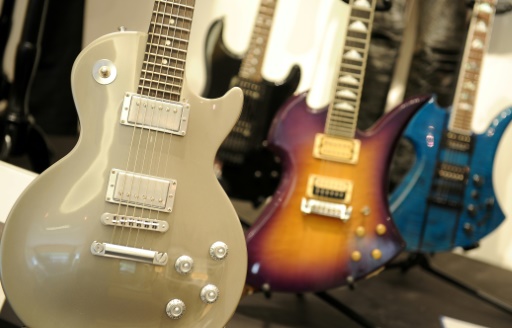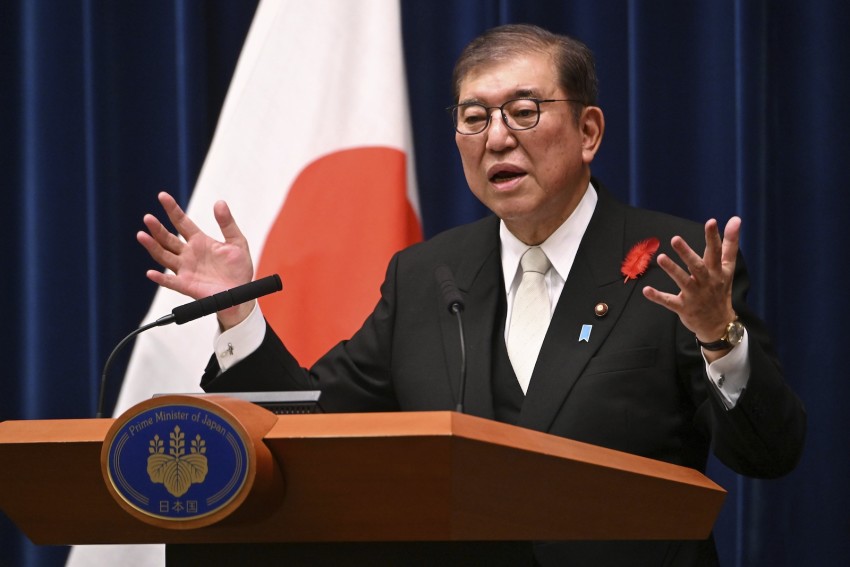Ishibas diplomatic knack in doubt amid blunders, no Trump meeting

Japanese Prime Minister Shigeru Ishiba may be learning the hard way that diplomacy is more difficult than it sounds following his trip to South America to attend multilateral summits, but his inexperience is raising doubts over whether he is up to the job he has been in for over a month.
The absence of Ishiba in a group photo at a summit gathering due to a traffic jam, his perceived bad manners in greeting foreign leaders and a missed opportunity to secure an in-person meeting with Donald Trump, who is set to lead the United States, Japan's closest ally, all added to his gloom.
That comes when Japan's regional and global standing as a flag-bearer of a free and open, rules-based international order and collective efforts to tackle global challenges are being tested.
As Trump prepares to take office in January for a second term, he seems poised to undermine multilateralism again, while China is increasing its military assertiveness in the Indo-Pacific region and strengthening its influence by courting emerging countries not aligned with the United States.
"Prime Minister Ishiba does not seem to have a knack for diplomacy," Ken Jimbo, a professor well-versed in Japan-U.S. relations at Keio University, said in describing him as a "late starter" in forging good relations with Trump.
"Former Prime Minister (Shinzo) Abe was quick to make a move and succeeded in building a personal rapport. It was during that time that Japan had some leeway in its own diplomacy (with other nations) because the bilateral alliance with the United States was unshakable," Jimbo said.
Back in 2016 when Trump won the U.S. presidential election for the first time, Abe, then prime minister, flew to New York and met with him in Trump Tower in under two weeks.
Ishiba initially sought to follow that playbook, expressing his desire to meet with the president-elect at the earliest, possibly during his stop in the United States on the way home after attending the Asia-Pacific Economic Cooperation forum in Peru and the Group of 20 summit in Brazil.
But his hopes were dashed as Trump's team explained that he cannot meet with foreign leaders before taking office, in stark contrast to the case with Abe.
Japan's alliance with the United States serves as the foundation of its diplomacy and defense policy, making it a priority for any Japanese leader to build strong personal ties with the sitting U.S. president.
Ishiba, who has held the defense chief portfolio in the past but has not been a foreign minister, must navigate potentially turbulent waters if U.S.-China ties grow even more tense in the months ahead.
"If I were to describe my approach to the next president, Trump, I don't think it would be confrontational," Ishiba told a press conference on Tuesday as he wrapped up his trip to Peru and Brazil.
While speculation is rife that the incoming Trump administration may add pressure on Japan, China is apparently softening its stance on its Asian neighbor.
Chinese President Xi Jinping was quick to send Ishiba a congratulatory message on his election as Japanese prime minister on Oct. 1, bilateral arrangements went smoothly for the first Ishiba-Xi meeting on the fringes of the APEC leaders' gathering and the Chinese leader had a smile on his face when he met with Ishiba, who instead looked grim.
Amid concerns that the return of Trump will mean a more protectionist United States that will slap higher tariffs on imports and skepticism over multilateral arrangements like G20, Xi also sought to boost China's appeal to developing nations by promising help.
"China is again trying to fill the void left by the United States, whose focus will move away from Asia and the broader Indo-Pacific region. We have already seen signs of that at the APEC and the G20 summit," said Junichi Sugawara, a senior fellow at Owls Consulting Group Inc.
Ishiba said he was "on the same wavelength" with Xi during their meeting, but that does not necessarily mean Japan is lowering its guard against China.
Ishiba is carrying on with the push by his predecessors, including Abe, for a "free and open" Indo-Pacific based on the rule of law, calling for like-minded nations to join forces.
While China celebrated the opening of a new port in Chancay with Peru as part of Beijing's "Belt and Road" initiative, an infrastructure program seen as an attempt to boost China's influence, Japan also agreed with resource-rich Peru to build robust supply chains of critical minerals -- a key development for Japanese economic security.
Sugawara said Japan has potential as a "middle-power."
He added that Ishiba should focus on expanding the membership of a trans-Pacific free trade pact that Trump withdrew the United States from during his first term, and maintaining the Indo-Pacific Economic Framework initiated by Trump's successor Joe Biden to sustain U.S. engagement in the fast-growing region, which Trump might now also choose to exit.
But the APEC and G20 gatherings, which were important opportunities for Japan to make its presence felt, seemed to have been overshadowed by the images of an undiplomatic Ishiba and his perceived disregard for protocol and etiquette.
Social media was abuzz after Ishiba was pictured breaking with the diplomatic custom of handshaking with one hand, using two instead, during his meeting with Xi, and in other photos he remained seated while other foreign leaders, including Peru's president, greeted him.
"Prime Minister Ishiba is a known expert on security, agriculture and regional revitalization. There are substantial worries about his negotiation skills in terms of diplomacy and trade," Sugawara said. "Trump 2.0 will be more formidable."













